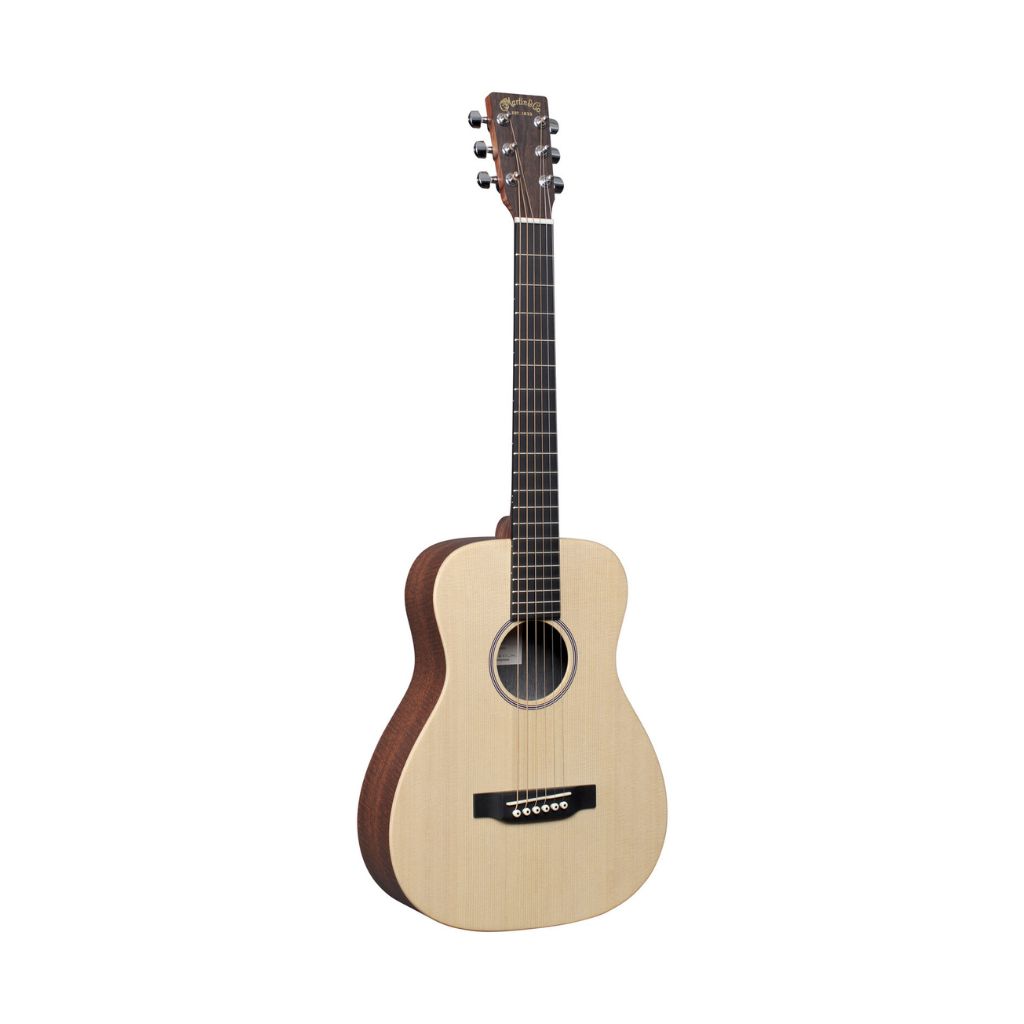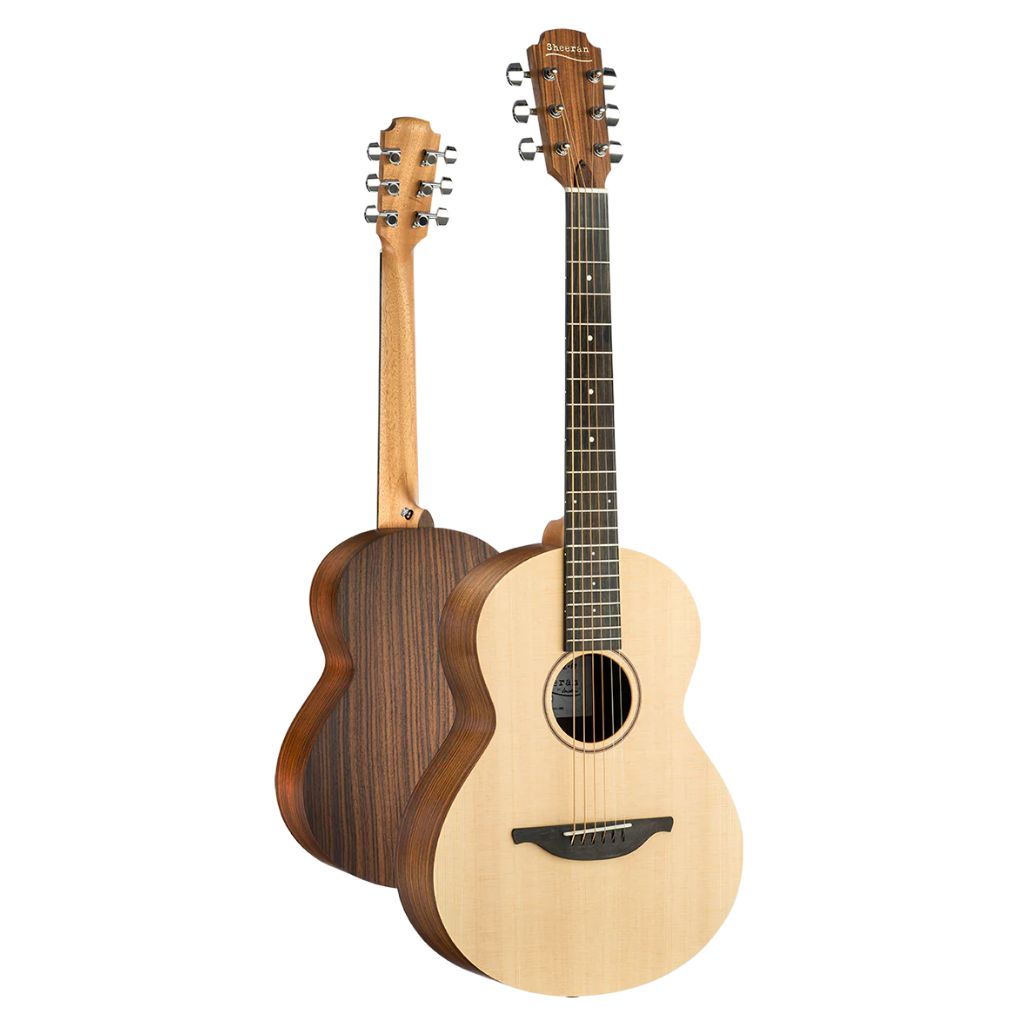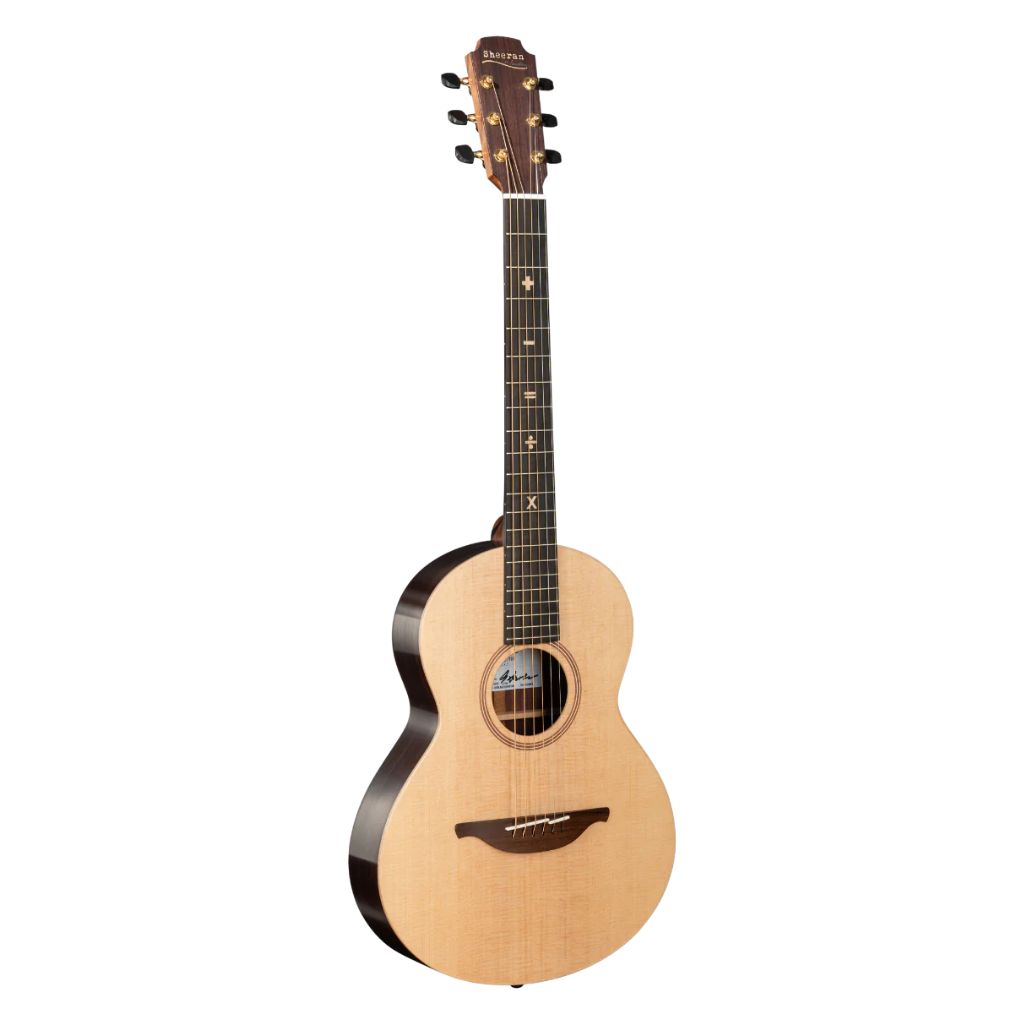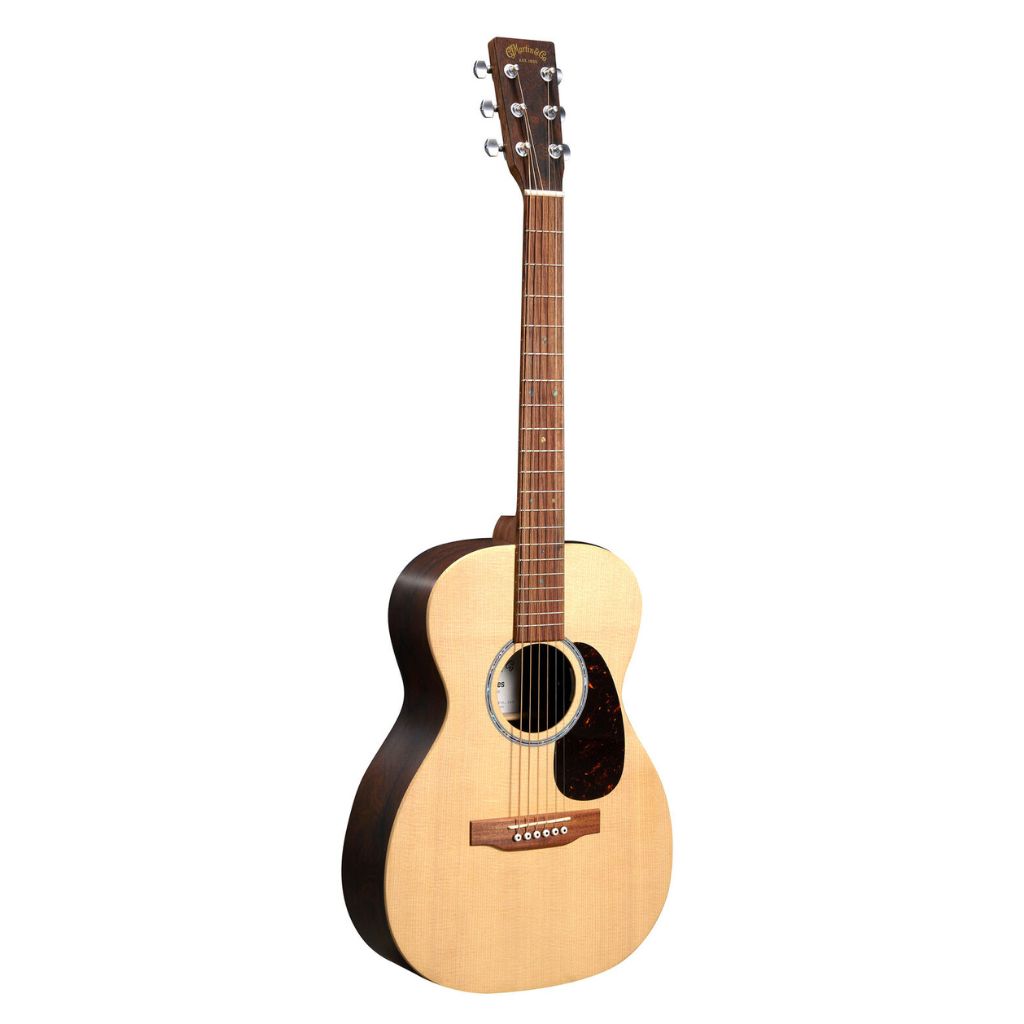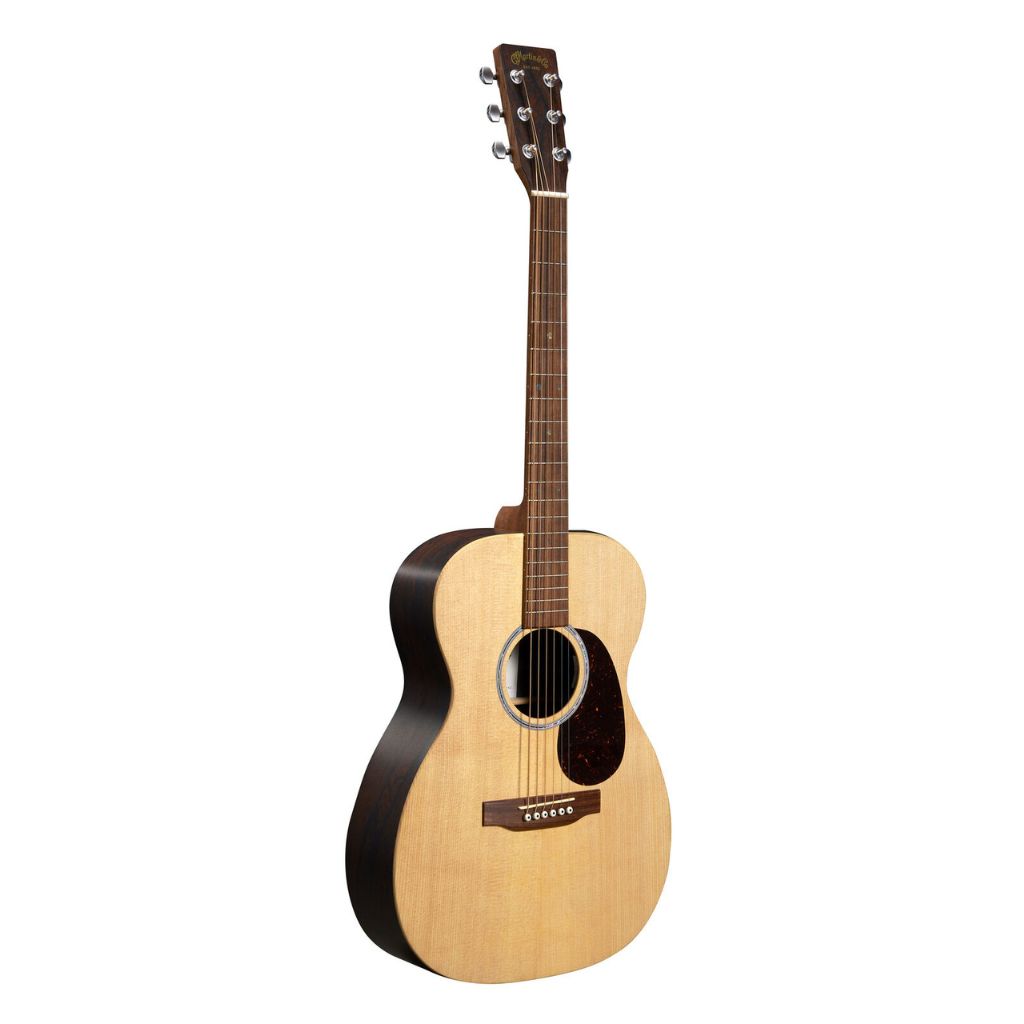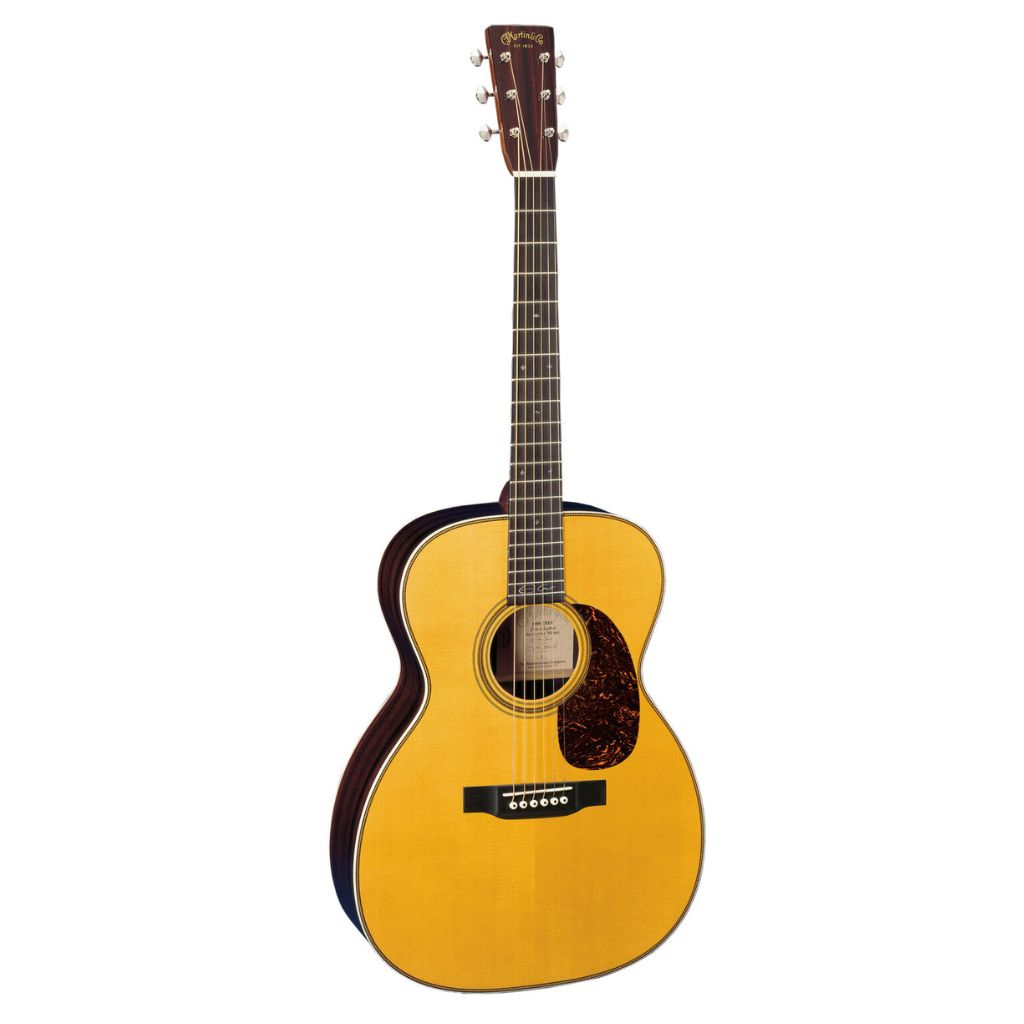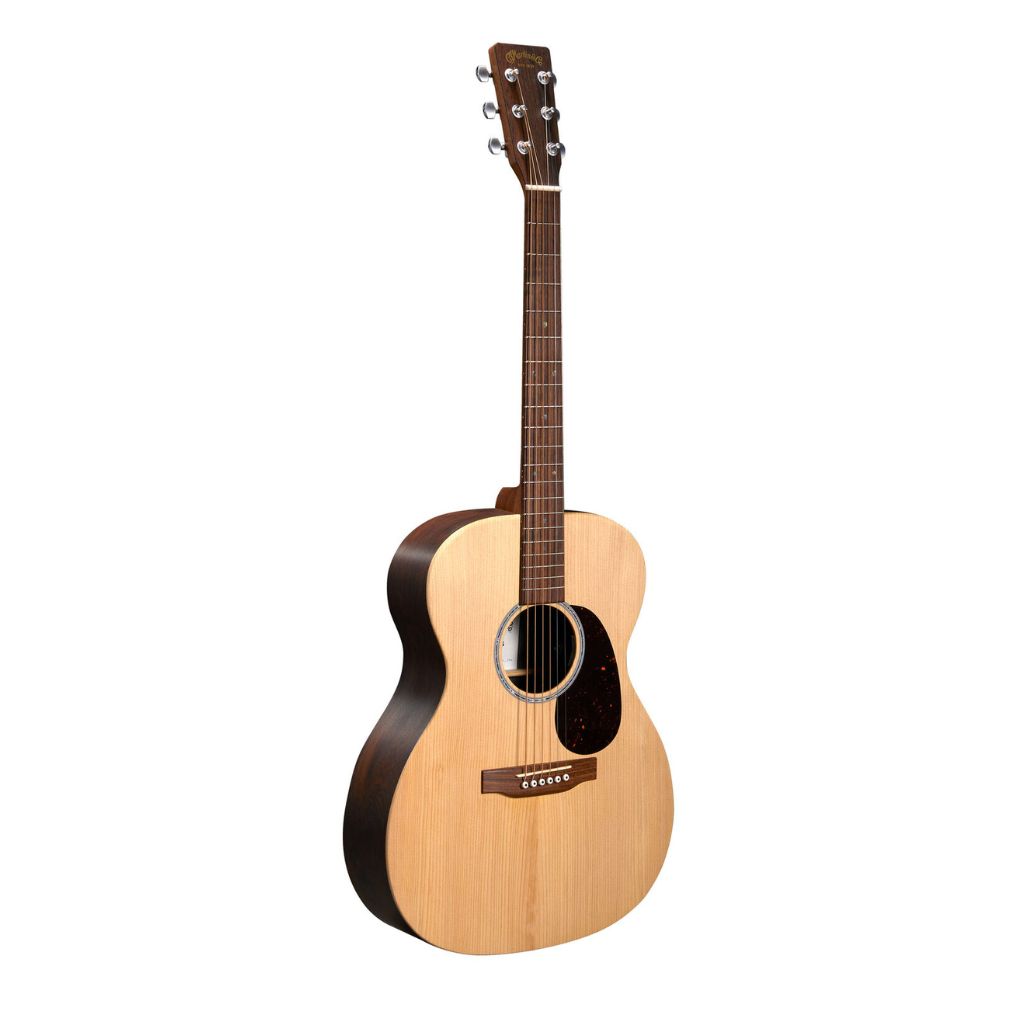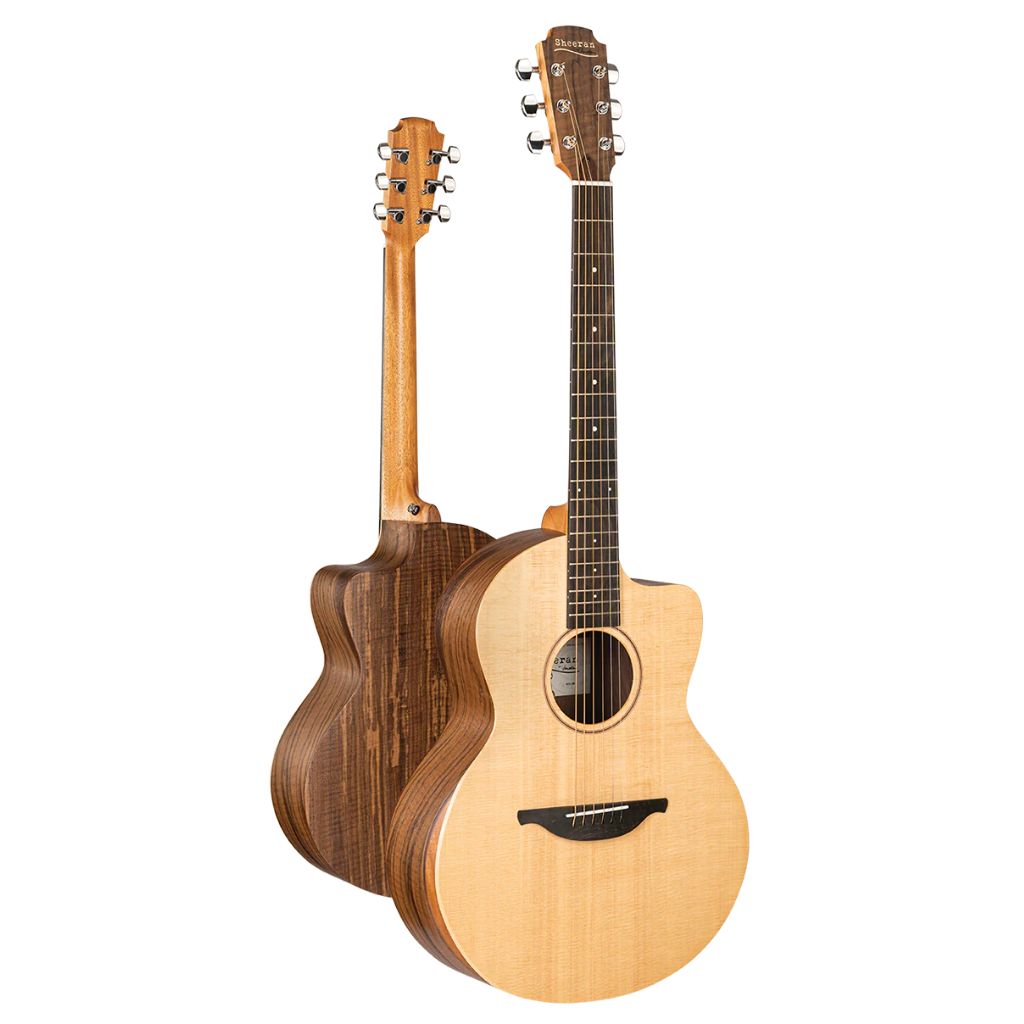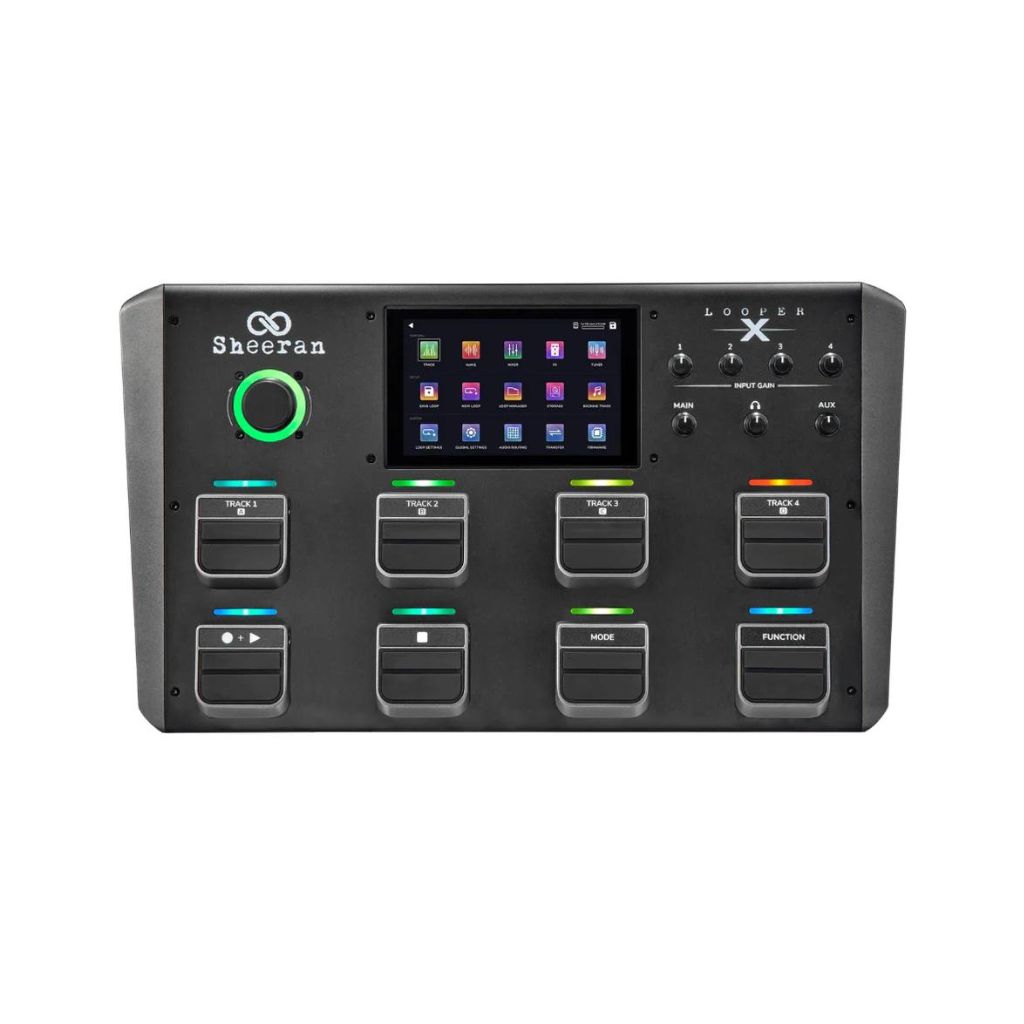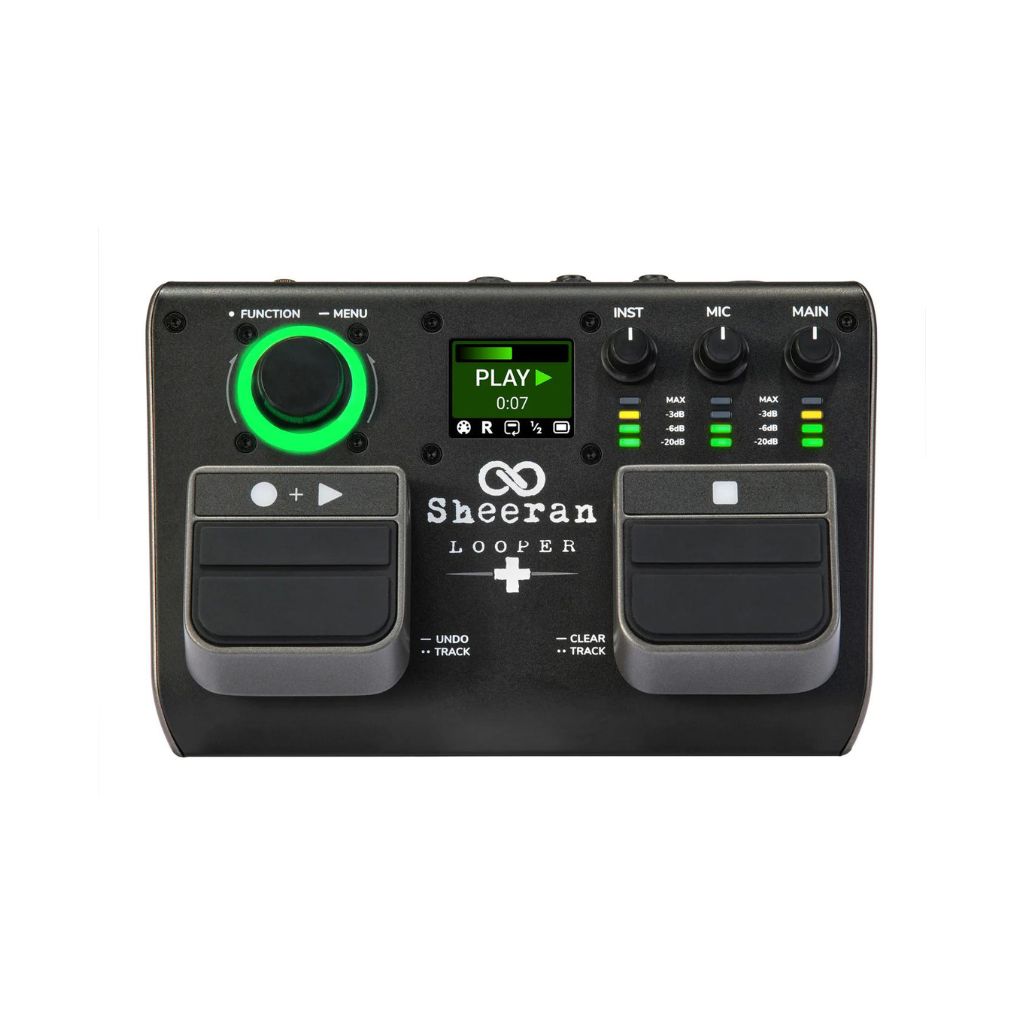Related Tags
What guitars does Ed Sheeran use? The instruments and gear behind the Mathematics tour
One of the world’s biggest pop stars started out with just him and an acoustic guitar – despite filling stadiums now, not much has changed about that fundamental recipe.
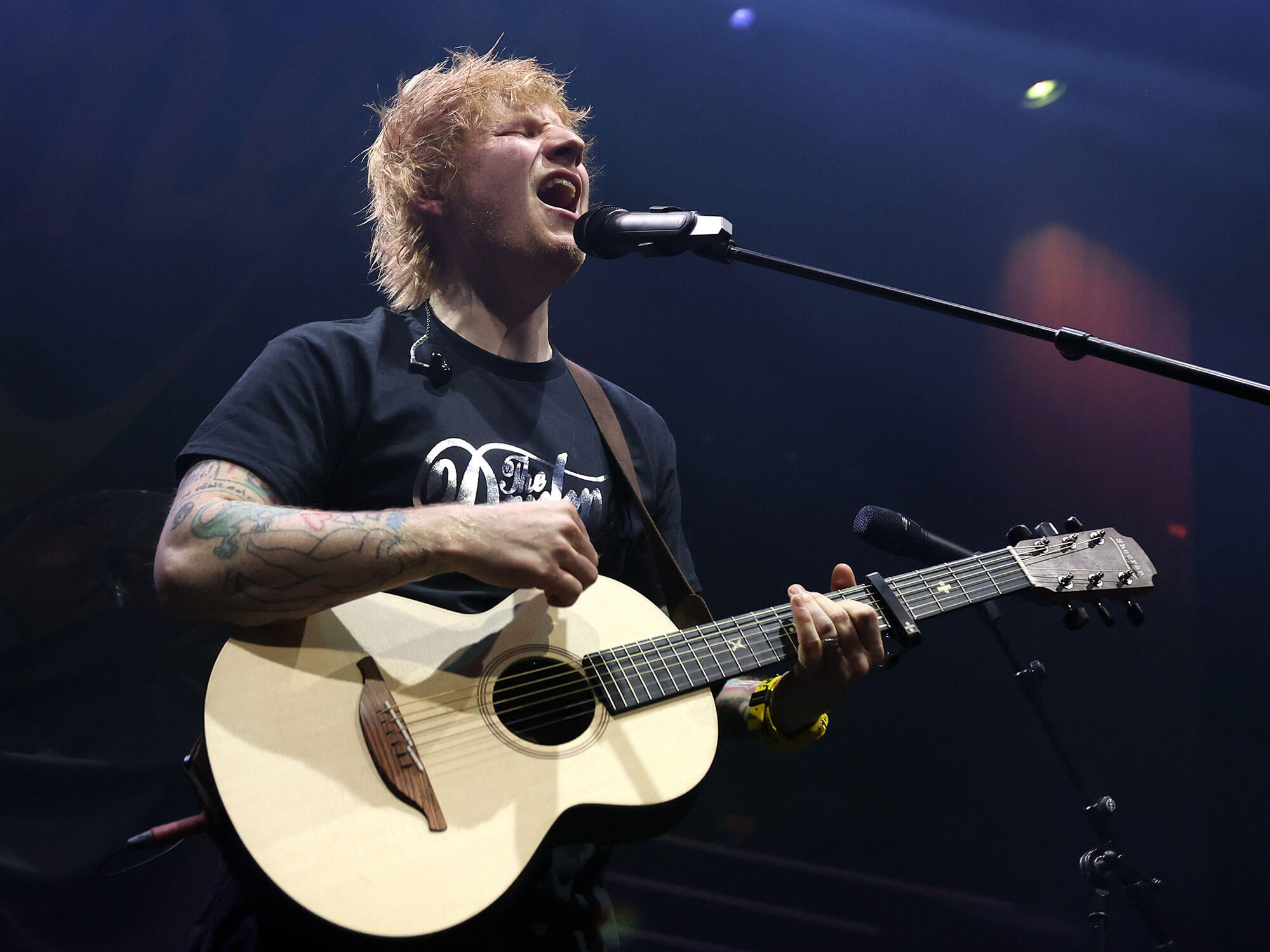
Credit: Simone Joyner/Getty Images
The remarkable thing about Ed Sheeran is not so much that he’s propelled himself from busking around the UK to selling out stadiums and arenas all across the world, fuelled by some of the most popular and beloved pop songs of the last decade. It’s that the journey that began with just him and an acoustic guitar has remained, fundamentally, one that is primarily expressed with just him and his guitar.
- READ MORE: Ed Sheeran on why he never learned to shred: “I sort of made a choice when I was younger”
As befits someone who once spent his life crashing on couches with most of his earthly possessions stowed in the empty space of a Martin gigbag, Ed has also enjoyed an interesting guitar journey of his own – from being a signature artist with the most storied guitar company in the world, to starting his own gear brands to help him make music every night, and help those following in his footsteps.
What you get on stage with Ed Sheeran on his current globe-trotting Mathematics Tour might fundamentally be about a man and his guitars (and a loop pedal!), but as with any great artist – the alchemy is found in the fusion of human and gear. Let’s take a look at what has powered Ed on his journey to the top.
Little Martins
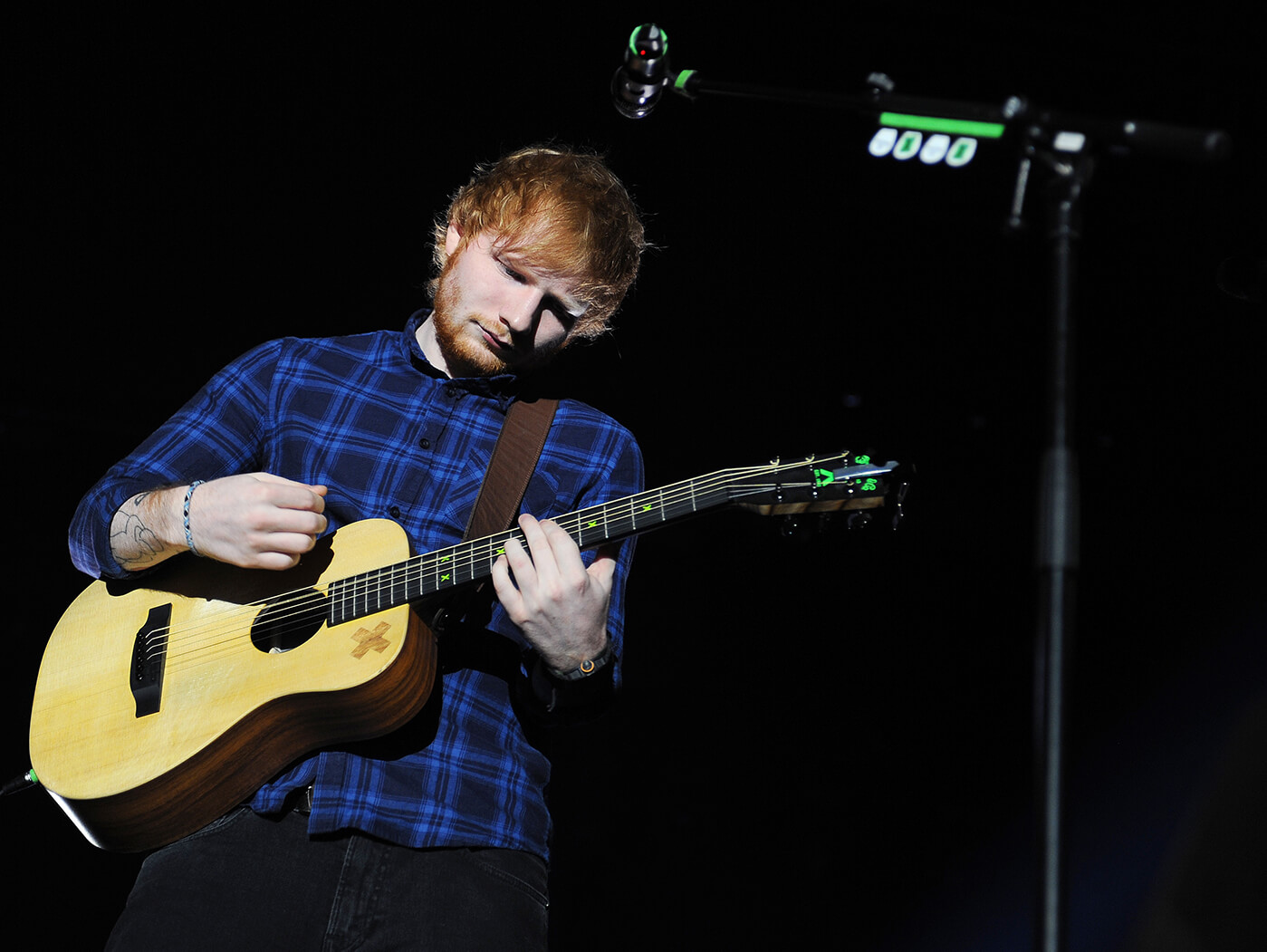
Very early on in his career, when Ed was still busking on the streets of the UK as an aspiring artist, he was using a very leftfield choice of a Dean Performer E acoustic, but it wasn’t long before he switched to a brand that he would become heavily associated with as he rose to stardom: Martin.
Martin is America’s oldest and most famous acoustic guitar brand, and has been played by countless iconic musicians over the years, but Ed took things in a different direction than the big-bodied dreadnought guitars that the brand is known for.
Instead, Ed opted for much smaller Martins that suited his small frame and his need to travel light – this started out with the tiny and very unconventional Martin Backpacker guitar, but he soon graduated to the more traditionally shaped but small-bodied Martin LX ‘Little Martin’ guitars – initially an LXME and then he found his sound and his vibe with the LX1E.
The LX1E is an affordable and durable instrument, with HPL (high-pressure laminate), which is a composite material where paper and resin are pressed together at very high pressures, and spruce tops, and Fishman electronics.
This model quickly became Ed’s go-to instrument, and as the guitarist became a global star, it soon became the basis for a series of signature models named after his albums – the LX1E “Plus,” “Multiply,” and “Divide.”
These guitars are all very similar to the standard LX1E but with the corresponding symbol on the headstock, and burned into the wood underneath the pickguard. Interestingly, the “Plus” edition guitars featured a Sapele top. Sapele is an interesting tonewood – it is often used as an alternative to mahogany as it is cheaper and just a little bit harder, and is generally stained darker. The “Divide” and “Multiply” edition both feature more traditional spruce. All editions feature X-bracing and come stock with Fishman Isys T electronics.
His signature guitars are largely based on an early LX model that Sheeran dubbed “Cyril,” which is easily identified by its many stickers, including a paw print sticker. That guitar is said to have been fitted with a Fishman Mini Q Preamp. Around 2010, Sheeran started using another LX model that he dubbed “Nigel” – this guitar also featured a smaller paw sticker in the same location but at a different angle. Sheeran played a few different LX1 and LX1E guitars through the years, all of which he gave nicknames. The Martn LX1 and LX1E can be distinguished by the fact the LX1 doesn’t come with a built-in pickup.
Get the sound: Ed’s Martin signature models are discontinued now and regularly command inflated prices on the used market as a result, thankfully the Martin Backpacker and LX1E are still a part of the Martin catalogue and widely available.
Other Martins
While he primarily used his Little Martins on stage, one of Sheeran’s most prized guitars was a Martin Eric Clapton model that was given to him by Clapton himself. Clapton even signed it for him. He kept that guitar in a studio that tragically suffered a fire. The guitar was badly scorched but salvaged from the wreckage. The people at Monty’s Guitars did an amazing job restoring the guitar for Sheeran. Martin has also made a few custom 00-28VS models for Sheeran around 2014.
Martin tell us that in addition to the signature guitars, they made an additional three custom guitars for Sheeran. One of these is particularly interesting – a size 5 ‘Terz’ guitar, tuned a minor third higher than standard. This had a Western red cedar top and Birdseye Maple back and sides. It had some paua pearl inlay as well as Quilted Bubinga binding. In addition there was also a Multiply-era custom 0-12 fret with spruce top and figured Koa back and sides. This also had flamed maple binding and a koa ‘Multiply’ symbol inlaid in the top. There was also a Divide-era custom that was an 0-12 fret with Spruce top and figured cocobolo back and sides with the corresponding symbol in the cocobolo top”
Get the sound: You won’t find any of his custom guitars in the open market but the Martin Eric Clapton model is a widely available (if expensive) option – alternatively any Martin 000 will give that vibe of Ed and EC jamming together.
Sheeran & Lowden
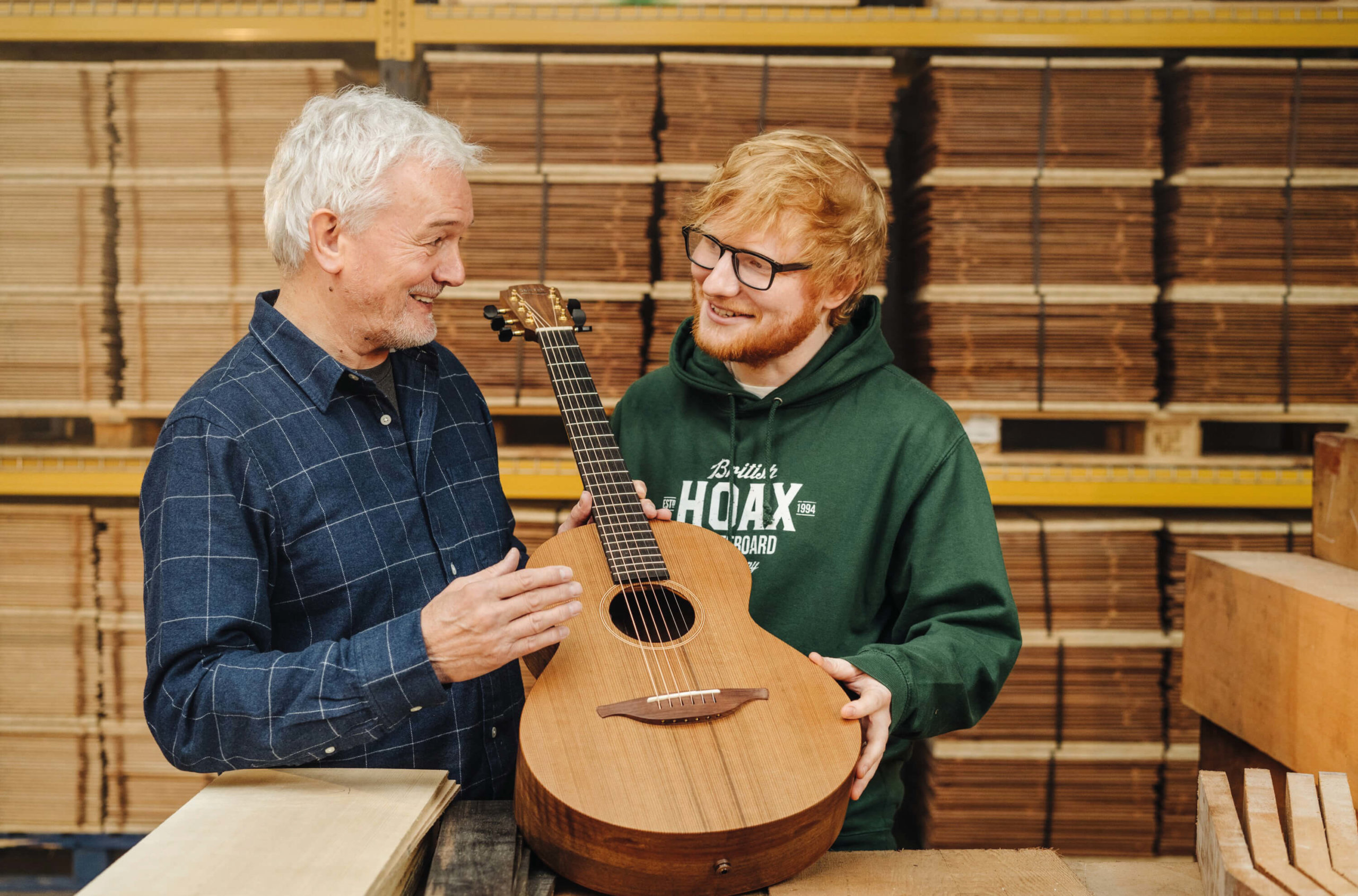
In 2014, Ed was gifted a custom-built acoustic by his friend and frequent collaborator Gary Lightbody of the band Snow Patrol. The guitar was made by Lightbody’s fellow Northern Irishman, the renowned luthier George Lowden. At the time this custom guitar, which was created to reflect Ed’s preferences, was the smallest guitar that Lowden had made, and it soon became a staple of the Lowden Guitars lineup as the ‘WL’ or Wee Lowden.
Clearly impressed with the instrument, Ed contacted George Lowden and asked him to return the favour by making a solidbody electric guitar for Lightbody (a guitar that would come to be known as the GL10 – Lowden’s first electric guitar).
Clearly, the pair struck up a great relationship on the project, because over the next few years Ed would regularly be seen using his Wee Lowden, but in 2019 the guitarist announced something completely unexpected.
At the 2019 NAMM Show, Ed appeared alongside George to announce that the pair wouldn’t just be collaborating on a signature model guitar, but an entire new brand – Sheeran by Lowden. These instruments would be made at a new factory in Ireland, and would aim to bring the remarkable sound and playability of the regular Lowdens to an affordable price point.
In the years since, Sheeran has exclusively used Sheeran by Lowden guitars – including a trio of new signature models for the release of his Subtract, Equals, and Autumn Variations albums.
The Subtract edition pairs Indian Rosewood back and sides with a Sitka Spruce top in its construction with an LR Braggs EAS VTC pickup. The Equals Edition retains the Sitka Spruce top but uses walnut for the back and sides. All of Sheeran’s guitars are strung with Elixir Nanoweb 12-53 Phosphor Bronze strings with a wound G-string.
The Autumn Variations Edition features walnut back and sides with a sinker Redwood top. Sinker wood is typically found in high-end guitars. It is harvested from old-growth redwood logs that had sunk to the bottoms of lakes and rivers. It is believed by many luthiers that the mineral-rich waters add a certain tonal element to the wood. It is theorized that Stradivarius violins were made from sinker wood, based on recent evidence of minerals in the wood.
In 2024 Ed and Lowden collaborated again to create an exact replica of the Mathematics tour guitar, made by George Lowden in County Down – this guitar is certainly not an affordable beginner instrument however, with a pricetag of £4,500!
Get the sound: Any Sheeran By Lowden guitar is infused with that Ed Sheeran magic, though if you want to get close to what Ed uses himself, the W series and Stadium Edition instruments are a great place to start.
The Loopers
The other fundamental part of Ed Sheeran’s sonic recipe has been a looper pedal – when he was performing as a solo artist on street corners and small venues, Ed would accompany himself using his guitar and a looper to create backing tracks, rhythms and other effects.
The remarkable thing about Ed’s music is that while the stages may have changed, that fundamental tenet of how he performs has not – while he might have come a long way since he used a Boss RC-20XL Loop Station, loops and looping are a key part of his sound on stage.
As he got bigger and his songs got more ambitious, Ed actually worked with his tech John Jenkins to create custom loop pedals that would enable him to do more on stage – these were named Chewie and Chewie II respectively.
Then in 2024, Ed and John revealed that they were partnering with Headrush to create Sheeran Loopers – a new effects brand focused on creating stage-ready loopers for Ed and his fans to use in their own music. Ed’s been using the prototype of the Looper X pedal on tour, while there’s also a smaller + version for people just getting into looping.


